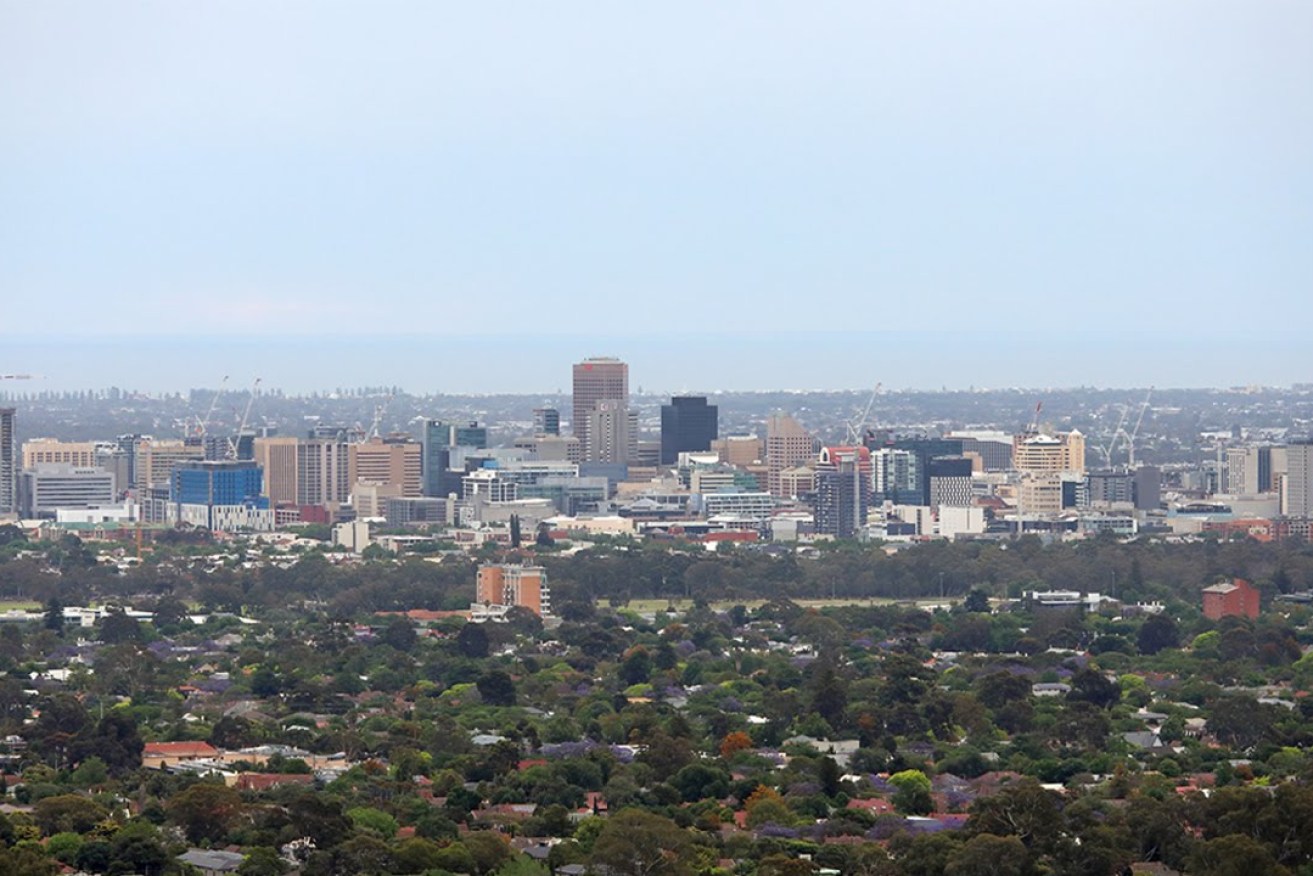Australia just sweltered through its third warmest year on record
Last year was Australia’s third-warmest year on record, with every state and territory recording above average temperatures in 2018.

SA in 2018 was hotter and drier than average. Photo: Tony Lewis/InDaily
The nation’s average temperature last year was 1.14C above the average for 1961-1990, making 2018 slightly warmer than 2017, the Bureau of Meteorology said in its annual climate statement (scroll down for the South Australian-specific data).
“When we look across all of Australia in 2018, we can see that every single state and territory had above average day and night-time temperatures,” the bureau’s senior climatologist Dr Lynette Bettio said in a statement today.
Nine of the 10 warmest years on record in Australia have occurred since 2005.
Bettio said the only part of the country to buck the trend for above-average temperatures was WA’s Kimberley region, which had cooler than average nights for the year.
The bureau also said rainfall totals in Australia in 2018 were the lowest since 2005.
The total was 11 per cent below the 1961-1990 average, but many areas experienced significantly lower average rainfalls, the bureau found.
Bettio said large areas of southeast Australia had rainfall totals in the lowest 10 per cent on record.
NSW had its sixth-driest year on record while the Murray-Darling Basin had its seventh driest.
However, some parts of northern Australia and southeast Western Australia received above average rainfall.
Richie Merzian, head of The Australia Institute’s climate and energy program, says people are increasingly concerned about the changing climate as the nation enters a “new normal” of hotter temperatures.
“It is unbelievable and disheartening that as the country cooks, the Morrison government is rushing to use taxpayer dollars to fund new coal-fired power stations,” he said today.
The bureau’s statement follows a run of exceptionally high temperatures around the nation late last month, along with a prolonged heatwave in Queensland in late November and early December.
Globally, 2018 was the fourth-warmest year on record, according to the European Union’s Copernicus Climate Change Service assessment, released on Tuesday.
The last four years have seen the highest average temperatures globally since records began in the 19th century.
SNAPSHOT: South Australia’s climate in 2018
RAINFALL for 2018 was below average for South Australia as a whole, but it was a wetter than average year in the far west and drier than average in eastern districts.
- South Australia had its third-driest September on record and driest since 1938
- Only three months during the year had above average rainfall for South Australia as a whole: January, August, and November
- Some sites in the eastern half of the State had either their lowest total rainfall on record or their lowest total rainfall for at least 20 years
MEAN DAYTIME TEMPERATURES for 2018 were very much above average throughout the State, while night-time temperatures were less extreme but still warmer than average in all districts.
- For mean maximum temperature, 2018 ranks as the State’s second-warmest year on record
- Maximum temperatures were very much above average across all areas of South Australia, with several sites having their highest mean daily maximum temperature on record
- South Australia’s annual mean maximum temperature was 1.79 °C warmer than average
- South Australia had its warmest April on record for mean and maximum temperatures
- Summer-like heat in the second week of April saw large numbers of sites exceed April temperature records
- November 2018 was the first month since October 2016 to have a below average mean maximum temperature for the State as a whole
SOURCE: Bureau of Meteorology 2018 climate summary
– with AAP




